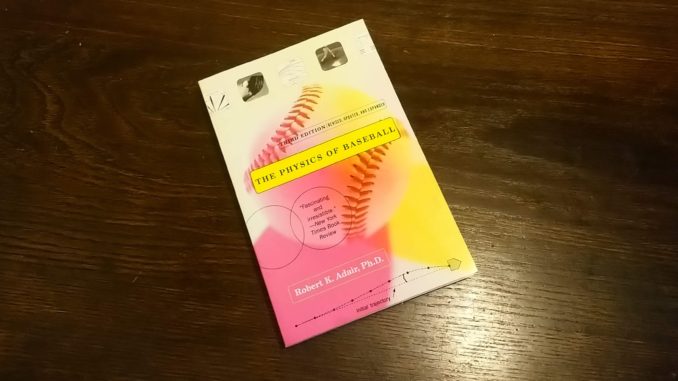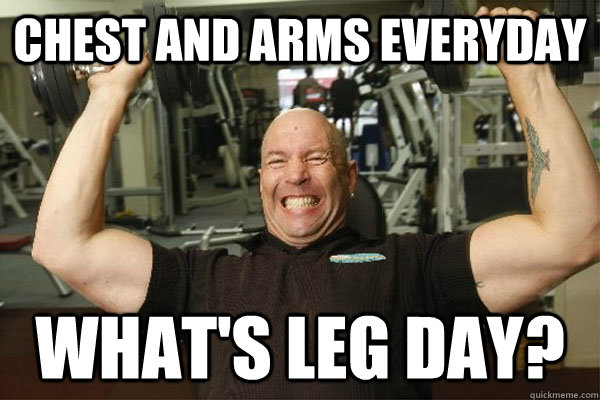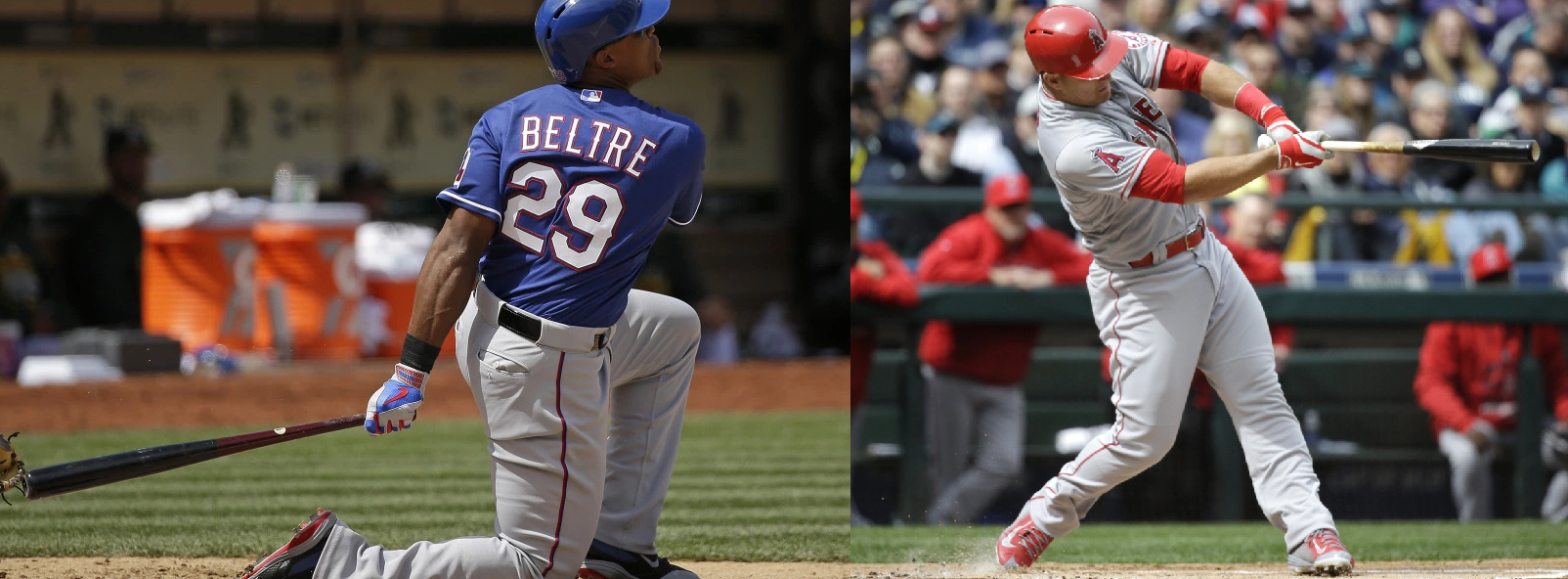
In 1987, Bart Giamatti, former commissioner of Major League Baseball, asked his friend, Yale Physics professor Robert Adair, to advise him on the physics of baseball. That project turned into this book, that takes a scientific look at everything related to playing baseball.

I first read this book about 10 years ago and I recently read it again. I would highly recommend this book to any coach or inquisitive player. It covers hitting, pitching, the flight of the baseball, running, the properties of the bat and much more. It is a fun but thought provoking read that will have you thinking about baseball in a different way than you are used to. Sometimes these different ways of thinking can be a catalyst for learning as a player or coach.
Robert Adair is not a baseball guy. He is a physics guy who enjoys baseball as a fan however is not involved in the game. In fact, he spent his career studying the properties of elementary particles and the forces of the universe. This is important because he was able to write the book from an “outsiders” perspective. Using his knowledge of physics he looks at the actions on the field and attempts to quantify and explain what is happening. He is not influenced by what was conventional baseball wisdom at the time. Even though the book was written 30 years ago he talks about some subjects that were not talked about in the mainstream baseball community until recently.
There are several interesting tidbits from the book that I want to highlight.
“a player swings a bat very much as he would a weight on the end of a rope” page 30
This is a great way to think about swinging the bat. Even though a bat is rigid, you must swing it like it is a “rock on the end of a rope”. You could also picture swinging a yo-yo with the string fully extended or a long sock with a baseball in the end. If you were to try to swing those by pushing and extending your arms towards the plate, it would not create much force. However if you were to limit the movement of your hands and arms and spin your body, you would see that you can get a rock on a rope up to a high speed and the rope would pull taut.
“Energy is generated largely by the large muscles of the thighs and torso. The arms and hands serve mainly to transfer the energy of the body’s rotational and transverse motion to the bat and add little extra energy to the bat”…”the contribution of the hands and wrists to the energy of the bat is almost negligible.” page 33
The prevailing wisdom at the time and still held by some people today, is that you need strong powerful arms and forearms to swing the bat. Some would say “quick hands”. Adair knew that energy is created in a sequence from the middle of the body out. The hips rotate, then the shoulders, then the hands, then the barrel of the bat. This is known as the kinetic chain. Trying to add power to the swing with the arms only will impair the kinetic chain and actually lead to slower bat speeds.

“In general, balls go farthest when hit at a launching angle of about 35 degrees” page 103
This is another quote that was way ahead of its time. 25 years before anyone was talking about launch angle, Adair knew the importance of hitting the ball at a optimal launch angle. A lot of people are intimidated by the term “launch angle” and can’t properly define it. All it is, is the vertical angle the ball is traveling on as it leaves the bat. In the past you would just measure it with your eyes but now we have better technology to get a precise number.
“Although backspin adds distance to a long fly ball….there is probably little or nothing that a batter can do to change that spin” page 97
Backspin will happen naturally if you hit the ball ideally. Anyone claiming that you can add to the backspin of the ball has not studied the physics involved.
“The course of the swing after the ball is struck is kinematically irrelevant.” page 36
What happens after contact has no effect of the flight of the ball. The ball is only in contact with the bat for 1/1000th of a second. After that brief collusion of bat and ball, the bat and batter can move in an infinite amount of ways. Some coaches promote certain types of follow through styles, however we see many different styles of follow through in MLB players. That is evidence that there is no one way to follow through. In fact, we see many different styles before the swing is started and after contact. However most MLB swings are relatively similar from footplant to contact. That indicates that the footplant to contact section of the swing is the main area you want to focus on. Not the the follow through.

The above quotes are just a small sample of the great information in The Physics of Baseball . It should be in any baseball fans library but it is an especially good read for a baseball coach or player. If any of the above was unclear or if you want to discuss training options, don’t hesitate to contact me.
